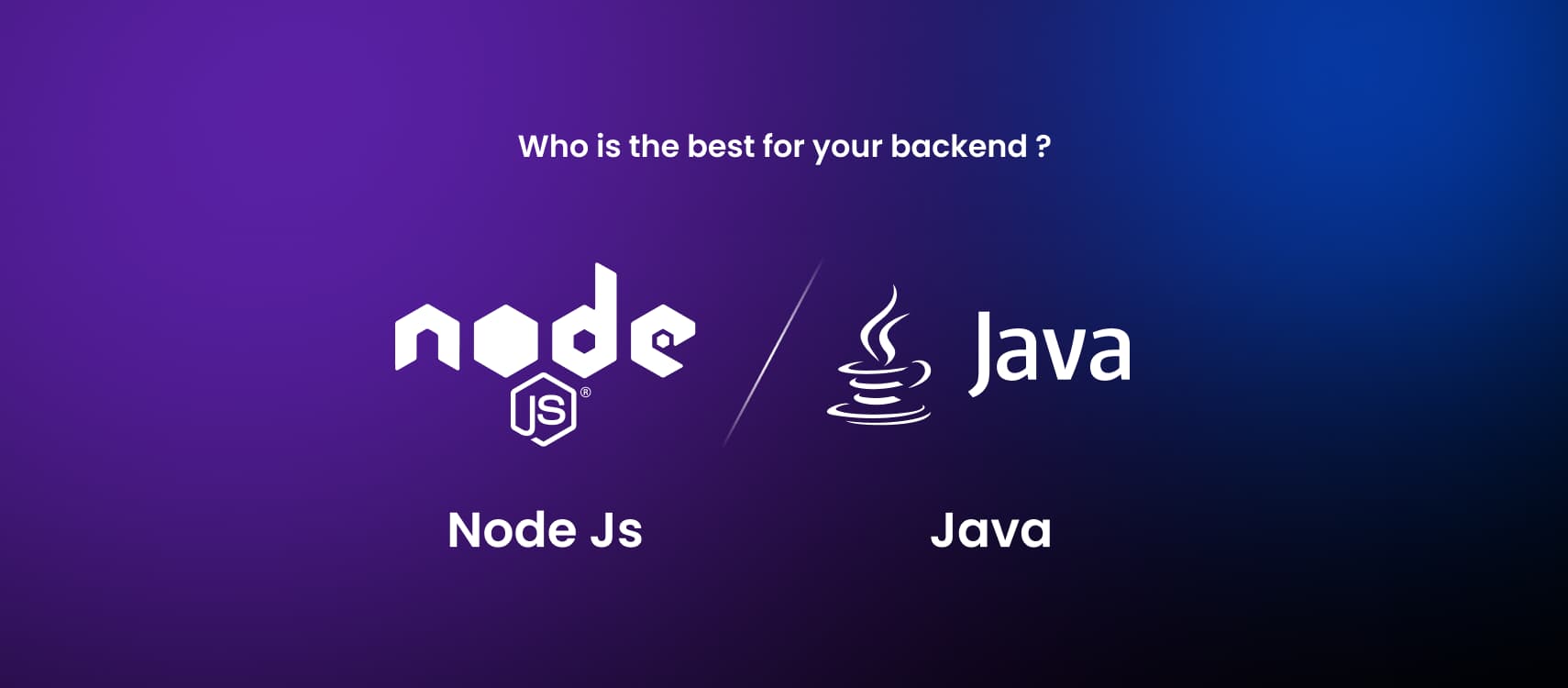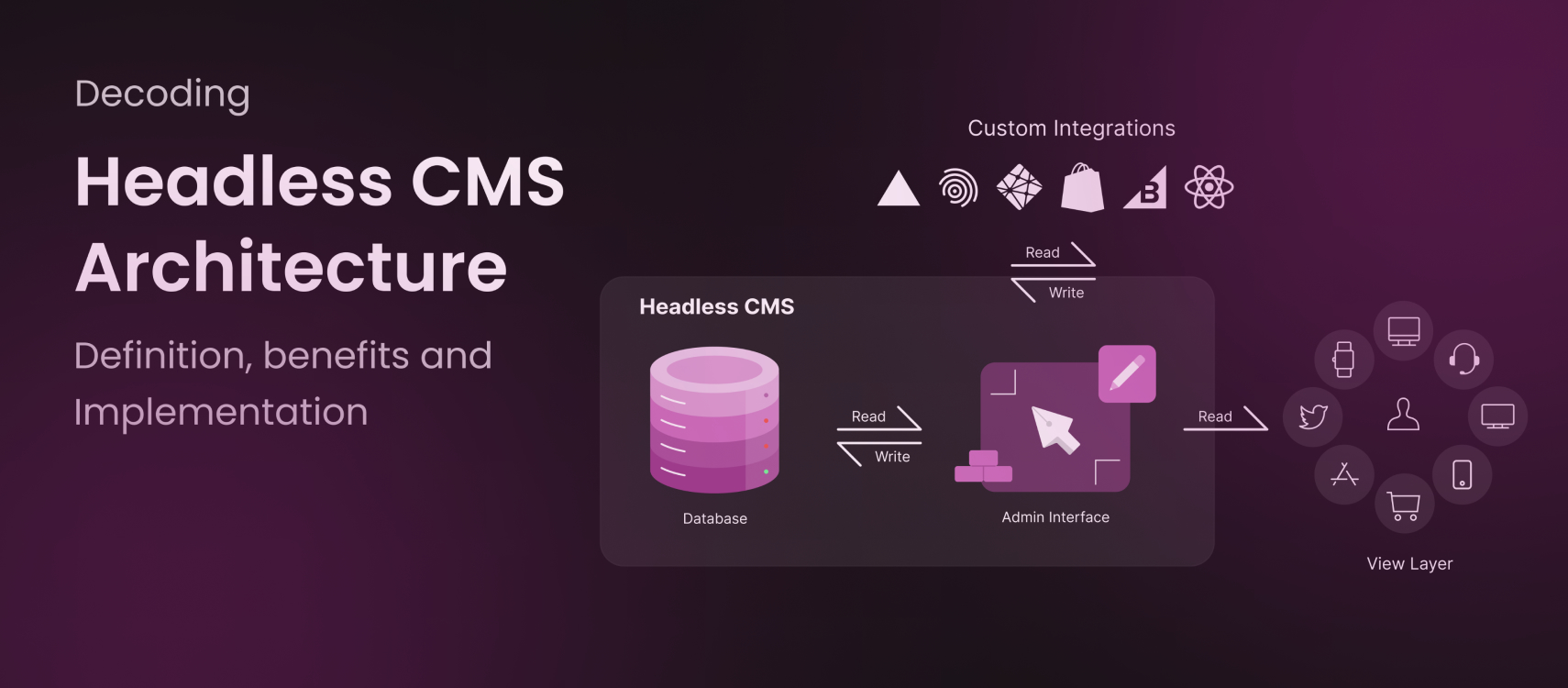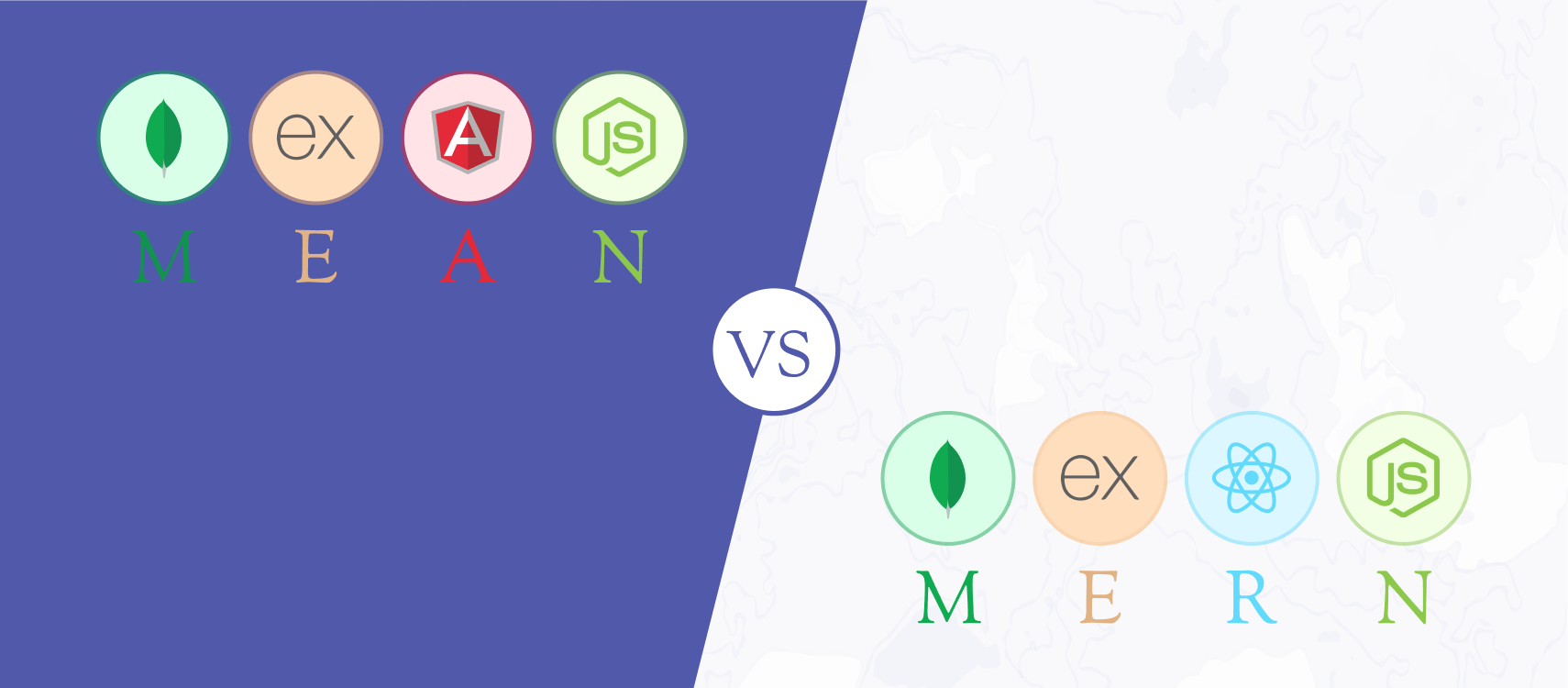Table of Contents
- Performance and Scalability
- Development Speed and Ease of Learning
- Ecosystem and Libraries
- Community and Support
- Use Cases and Considerations
- Summarising
In the dynamic landscape of web development, choosing the right technology for your backend is a crucial decision that can impact your project’s performance, scalability, and development speed. Two popular options that often stand at the forefront of this decision-making process are Node.js and Java. Both technologies have their strengths and weaknesses, and understanding their nuances can help you make an informed choice that aligns with your project’s requirements and goals.
Node.js is an open-source, cross-platform runtime environment built on Chrome’s V8 JavaScript engine. NodeJS developers can execute JavaScript code on the server side, enabling the creation of fast and scalable network applications. Java, on the other hand, is a mature and widely-used programming language known for its robustness and versatility. It has been a staple in enterprise-level applications for years and is supported by a vast ecosystem of libraries and frameworks.
Performance and Scalability
Performance is a critical factor when it comes to choosing a backend technology, as it directly affects how efficiently your application handles user requests. A Node.js development company is hired for leveraging the event-driven, non-blocking I/O model, which enables it to handle a large number of concurrent connections without significant overhead. This makes it particularly suitable for applications that require real-time interactions, such as chat applications or online gaming platforms. However, Node.js might not be the best choice for CPU-intensive tasks, as its single-threaded nature can lead to bottlenecks.
Java, on the other hand, boasts a highly efficient multi-threading model that allows it to handle both I/O-bound and CPU-bound tasks effectively. This makes it suitable for a wide range of applications, from web servers to complex data processing systems. Java’s mature garbage collection mechanisms and optimized runtime contribute to its strong performance. When it comes to scalability, both Node.js and Java can scale horizontally by adding more servers to distribute the load. However, Node.js might require more careful consideration and architecture design to manage shared state and potential callback hell.
Development Speed and Ease of Learning
Node.js development services have gained popularity for the rapid development capabilities of the framework. Since both the frontend and backend can be written in JavaScript, developers with knowledge of JavaScript can seamlessly transition to building server-side applications. This reduces the learning curve and allows for faster iterations, making Node.js an attractive option for startups and small teams aiming to deliver prototypes quickly. Additionally, the vast npm (Node Package Manager) ecosystem provides a plethora of libraries and tools that can accelerate development.
Java, though it may have a steeper learning curve, offers strong development tools and a well-established IDE (Integrated Development Environment) ecosystem. It excels in projects that demand extensive architecture planning and design upfront. Java’s strict typing system and comprehensive documentation can lead to more reliable and maintainable code, especially in larger projects. While Java may take longer to get started with, it can potentially save time and effort in the long run by preventing common runtime errors and providing robust debugging capabilities.
Ecosystem and Libraries
Node.js boasts one of the most vibrant and active open-source communities. The npm registry is a treasure trove of packages and modules that cater to a wide range of functionalities. This wealth of options can significantly speed up development, allowing developers to leverage existing solutions rather than reinventing the wheel. Additionally, the asynchronous nature of Node.js fits well with modern web applications that require handling multiple requests simultaneously.
Java, being an older technology, has an extensive and mature ecosystem as well. The Java Virtual Machine (JVM) enables seamless integration with various languages and frameworks, such as Spring Boot and Hibernate. This ecosystem is particularly advantageous for enterprise-level applications that demand strict security, stability, and compliance. Java’s long-standing presence in the industry has led to a wealth of documentation, resources, and community support, which can be invaluable when troubleshooting issues or seeking best practices.
Community and Support
Both Node.js and Java have strong communities that actively contribute to their growth and development. Node.js benefits from its association with JavaScript, one of the most widely used programming languages on the web. This translates to a vast pool of developers who can easily transition to backend development with Node.js. The community’s collaborative nature results in frequent updates, improvements, and new libraries that keep the technology current and relevant.
Java, with its decades-long history, has an established community that is deeply invested in maintaining its stability and security. This is particularly appealing for industries like finance, healthcare, and telecommunications, where reliability and compliance are paramount. The community-driven nature of Java has led to the creation of robust frameworks and tools that address a wide range of use cases. Additionally, the strong presence of Java in academia ensures a steady stream of skilled developers entering the job market.
Use Cases and Considerations
When to Choose Node.js?
Node.js shines in scenarios where real-time interactions and rapid development are critical. Applications like chat platforms, collaborative tools, and online gaming platforms can benefit from Node.js’s event-driven architecture. If your development team is already familiar with JavaScript, the learning curve for Node.js will be minimal, allowing you to deliver prototypes and MVPs quickly. Additionally, if your project involves extensive use of APIs and microservices, Node.js’s non-blocking I/O can help manage multiple concurrent requests efficiently.
However, if your application requires intensive computation or complex data manipulation, Node.js may not be the best fit. Its single-threaded nature can lead to performance bottlenecks in CPU-bound tasks. In case your project demands strict adherence to coding standards and practices, Node.js’s flexibility might require additional discipline to ensure maintainability as the codebase grows.
When to Choose Java?
Java excels in scenarios where performance, reliability, and extensive architecture planning are paramount. Enterprise-level applications that require robust security, scalability, and compliance often lean towards Java. Applications dealing with large data sets, complex algorithms, or heavy processing can benefit from Java’s multi-threading capabilities. If your project is part of a larger ecosystem that includes existing Java-based systems, Java can seamlessly integrate with legacy code and databases.
Java’s learning curve may deter smaller teams or startups looking for rapid development. If time-to-market is a crucial factor and your team has limited experience with Java, the initial investment in learning and planning might slow down your development process. While Java’s ecosystem is rich, it may require careful consideration to choose the right frameworks and tools for your specific use case.
Summarising
Choosing between Node.js and Java for your backend technology depends on a myriad of factors, including the nature of your application, your development team’s skill set, performance requirements, and long-term goals. Carefully evaluating your project’s needs, considering the strengths and weaknesses of each technology, and aligning them with your development team’s expertise will guide you toward making the perfect choice for your backend technology.










